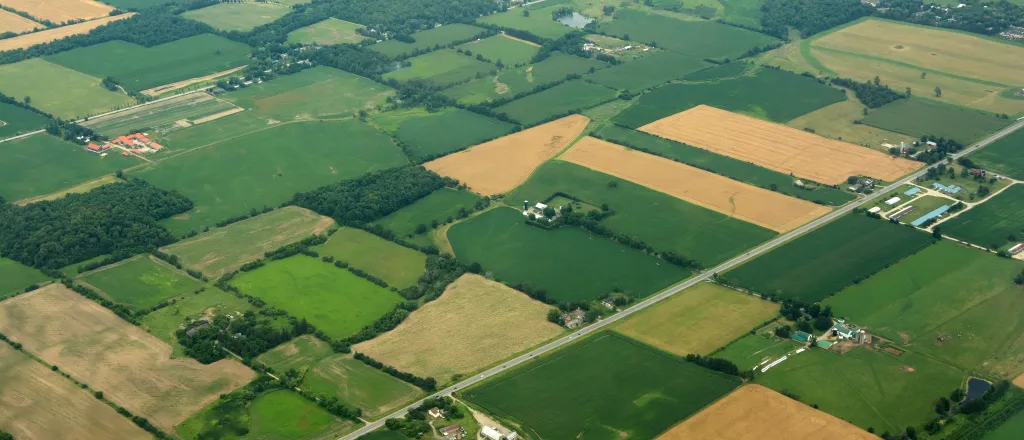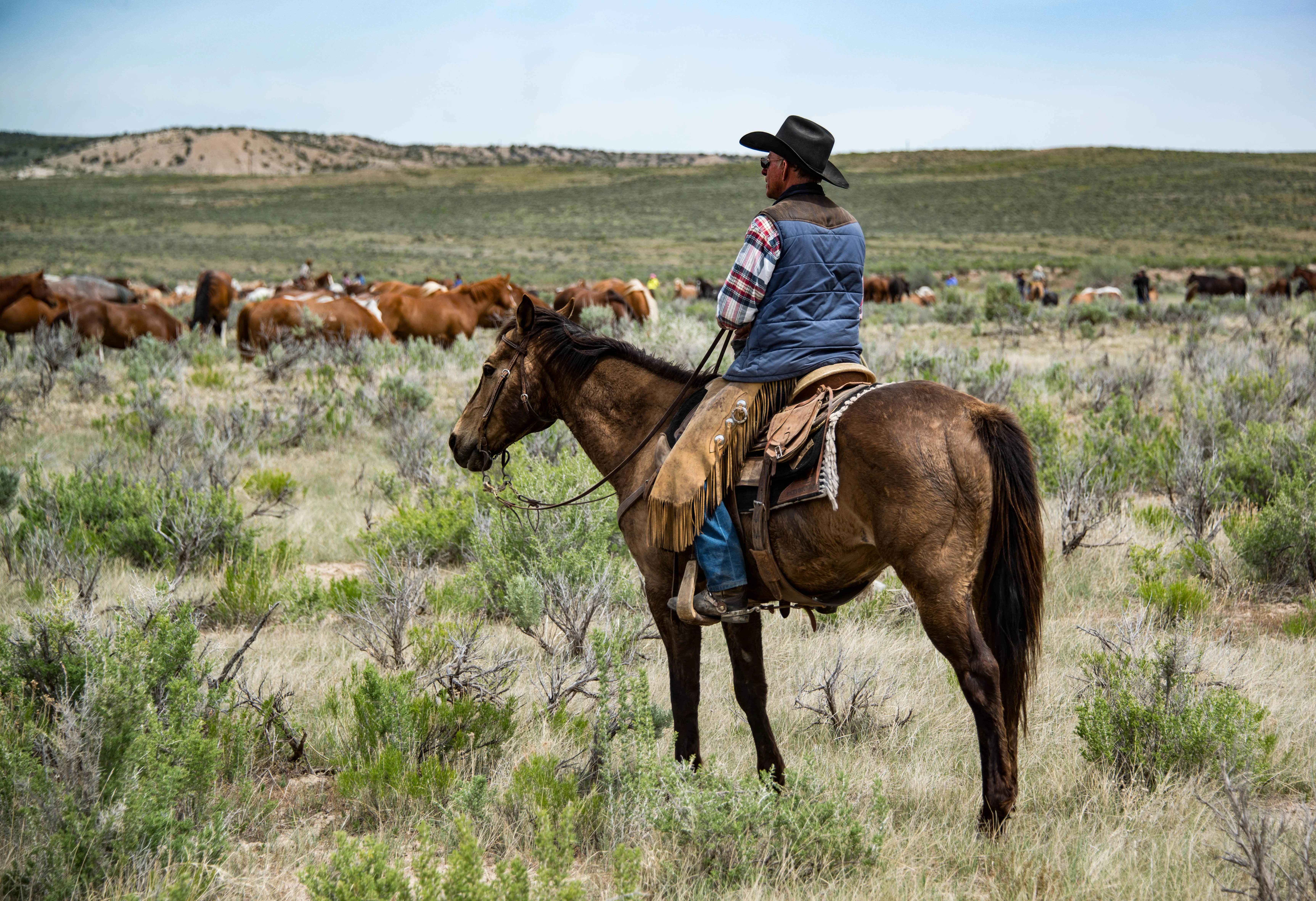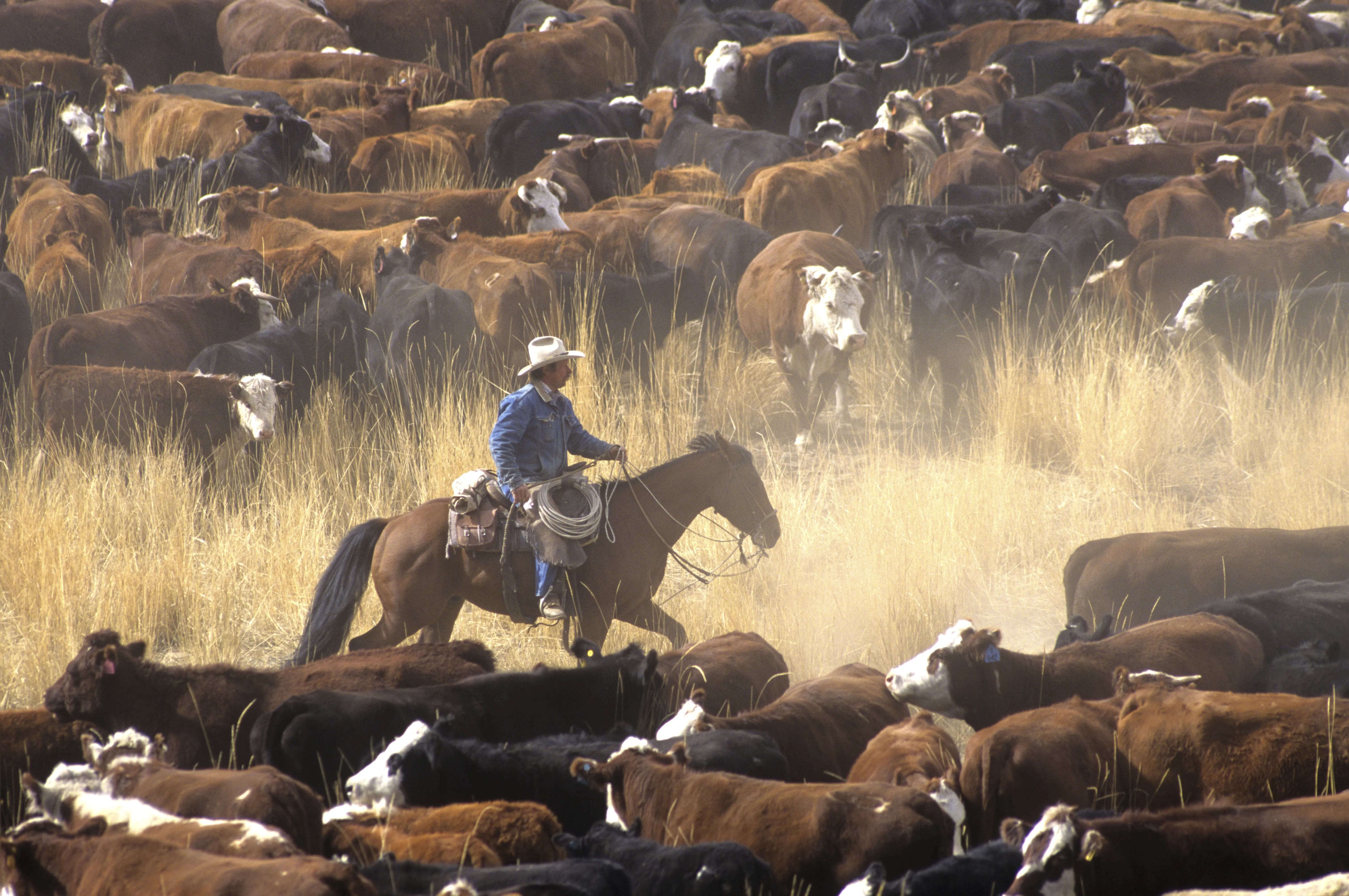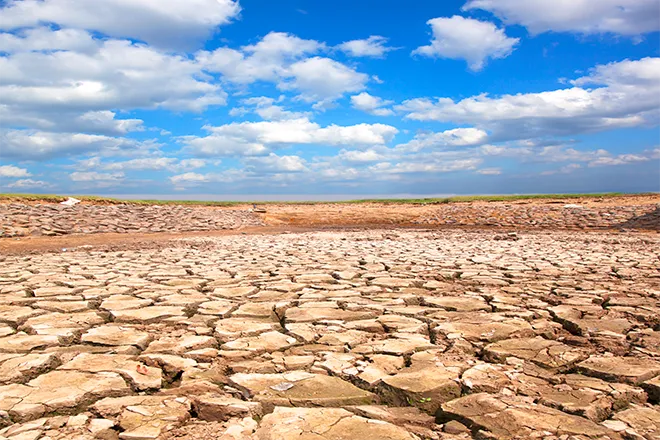
Post-fire Considerations on Eastern Colorado Rangeland
iStock - IMNATURE
by Donald Schoderbek, CSU Extension Range Specialist
While range fires can be chaotic and deadly, most of the impact comes after the flames and smoke have ended. Replacing lost forage (as well as future grazing) will be a challenge. But recently burned pastures will come back stronger if livestock are not re-stocked too early. Post-fire, the period of recovery on rangelands is determined by moisture, past grazing management, recovery period, and severity of erosion post-fire.
Burned plants will need abundant moisture to recover. Stocking rates will be still likely be depressed for the first few years following the rest period. Below is a chart outlining possible years of post-fire rest for two common shortgrass soil types. Each pasture is unique, and should be determined on a case-by-case basis.
With few exceptions, your range plants are still alive and will come back. Think of your forage community as a boxer healing between fights. Management objectives should focus on retaining and improving existing plants, restoring soil cover and water capture, and allowing for recovery of the forage community to support livestock production again.
1. Range Management
The loss of reliable fence – and the ability to control grazing livestock – should alone be enough to avoid the temptation to turn cattle out following the first flush of green forbs.
Don’t be in a rush to begin grazing burned areas. At a minimum, burned pastures should not be grazed for one growing season. Ask yourself, how was the range condition before it was burned? If you have problem pastures, they could probably use some extra rest.
Fire presents an opportunity to change the layout or design of your pastures. This is probably the largest “silver lining” of a fire – the ability to re-develop fencing and water into a new system.
If possible, keep livestock water running (even if at a reduced flow). Your water tank might be the sole source of water for deer, antelope, and birds of prey still living on the land.
Recommendations for four-wire fences usually incorporate a 12 ½ ga barbless (“slick”) bottom wire, hung at 16”. This allows for movement of antelope, while keeping your cattle enclosed.
Establish permanent monitoring points, and account for them in your infrastructure plan, like you would a windmill or trailer. CSU-Extension has fencing supplies available for this purpose, and can assist in the design and implementation of exclosures and photo points.
More detailed monitoring information can be found in the Colorado Rangeland Monitoring Guide, available for free from the Colorado Cattlemen’s Association or CSU-Extension.
Try not to overgraze unburned pastures. This will create a lose-lose situation, with increased supplementation costs, decreased livestock gains, and doing long-term harm to the rangeland.
2. Livestock Management
Do not plan to return to normal stocking rates for several years on burned areas. Base your future decisions on the amount of actual forage available on the ground.
When making herd management decisions (i.e. culling, maintaining, dry-lotting etc.), work within the timeframe of the fire recovery time. In most cases, multi-year planning is required.
Continue to monitor livestock for secondary effects of the fire – partial blindness, respiratory problems, foot damage, and starving calves (udder damage).
Early weaning can expand your grazing period for a few weeks in a cow/calf herd.
3. Emergency Erosion Control
Some sandy sites are extremely vulnerable to erosion. In these sites, agronomic methods (such as seeding) are likely a waste, as any new plants will be buried or sheared by moving sands.
Management of sand blowouts should focus on increasing surface roughness. A low-rate manure application (2 – 3 tons/acre) and rolled out bales of hay/straw are some short-term solutions.
When controlling blowouts, start at the windward leading edge and lay the treatment down in parallel strips. Focus on the areas of erosion, and not the areas where soil is being deposited.
Other Resources available:
University of Nebraska Extension has an excellent, modern guide called “Grassland Management with Prescribed Fire”, EC148. This document also covers post-fire recovery and management practices. Available for $1 at: https://marketplace.unl.edu/extension/ec148.html
University of Wyoming’s Dr. Derek Scasta has published a detailed, relevant technical resource called “Wildland Fire in Wyoming: Patterns, Influences, and Effects”, B1271. This is available for free online at: http://www.wyoextension.org/publications/html/B1271/













